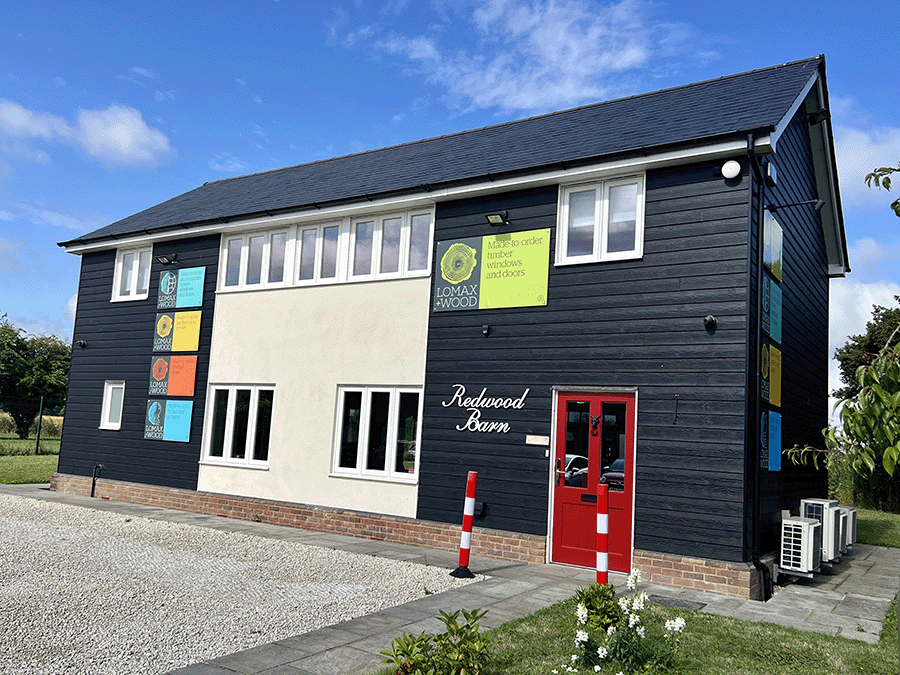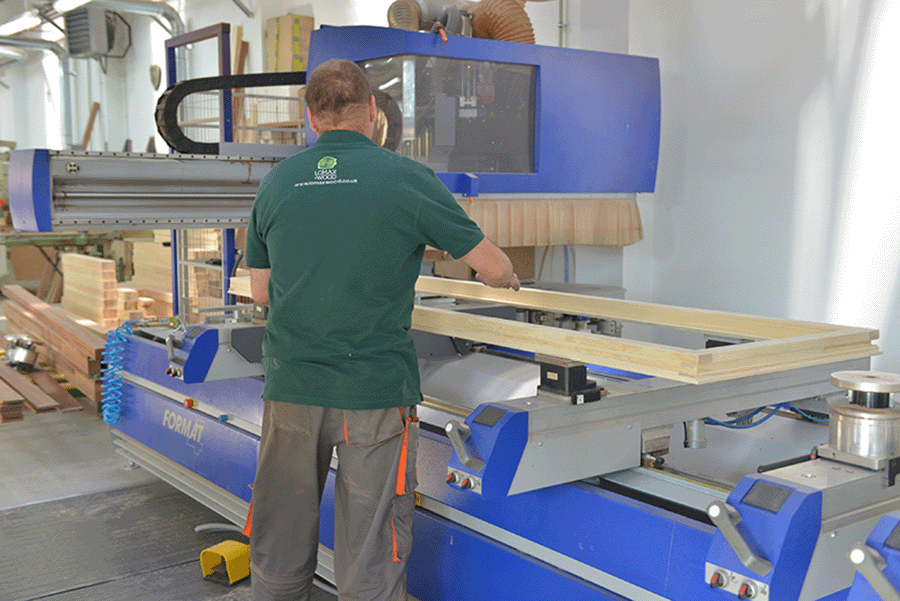The Difference Between Timber and uPVC Windows: What You Need to Know
- 24 October 2025|
- News
The debate between timber vs uPVC windows continues to shape specifications across residential and commercial developments, with each material offering distinct characteristics that impact aesthetics, performance, and long-term value.
This guide examines the key differences between timber and uPVC windows, covering everything from thermal performance to lifespan, helping you make an informed decision.
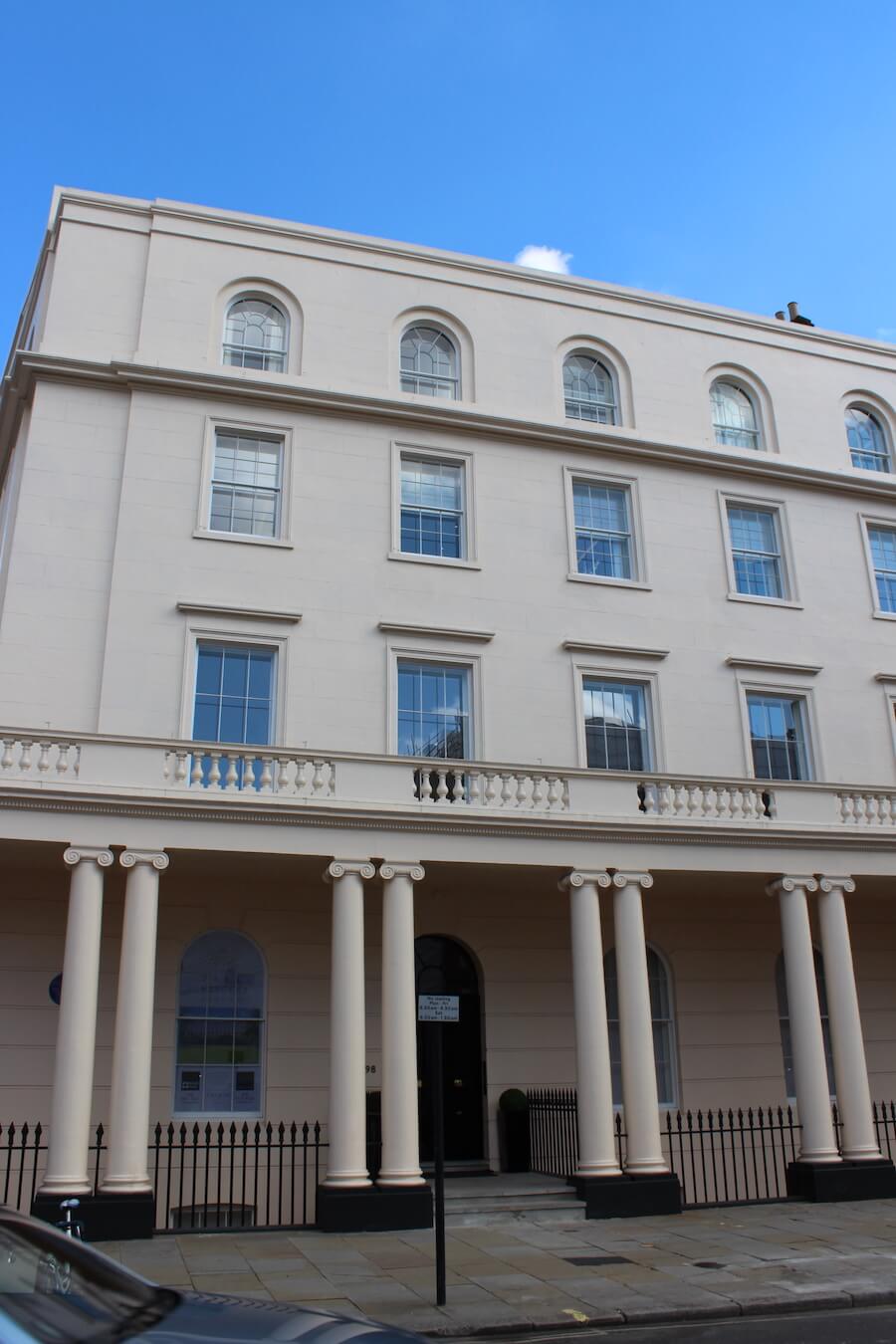
Timber vs uPVC windows: aesthetics
When it comes to visual appeal and architectural character, timber windows remain the clear winner.
Timber windows:
Timber windows offer authentic, natural grain patterns that simply cannot be replicated by synthetic materials.
They suit both heritage projects and contemporary homes with equal success, and can be tailored to match specific architectural periods through bespoke detailing.
Available in unlimited colour finishes—from traditional stains to modern RAL colours—timber frames maintain the slender sightlines that period property owners and conservation officers prefer, creating a timeless look that adds genuine value to any building.
uPVC windows:
uPVC windows provide a uniform, synthetic appearance that, despite significant improvements in modern uPVC windows, still lacks the natural texture and character of timber.
Colour options remain limited, with white and woodgrain effect being the most common choices. The bulkier frames required for uPVC construction reduce the available glass area and can look out of place on period buildings, which is why they are often rejected by conservation areas and planning authorities for listed buildings.
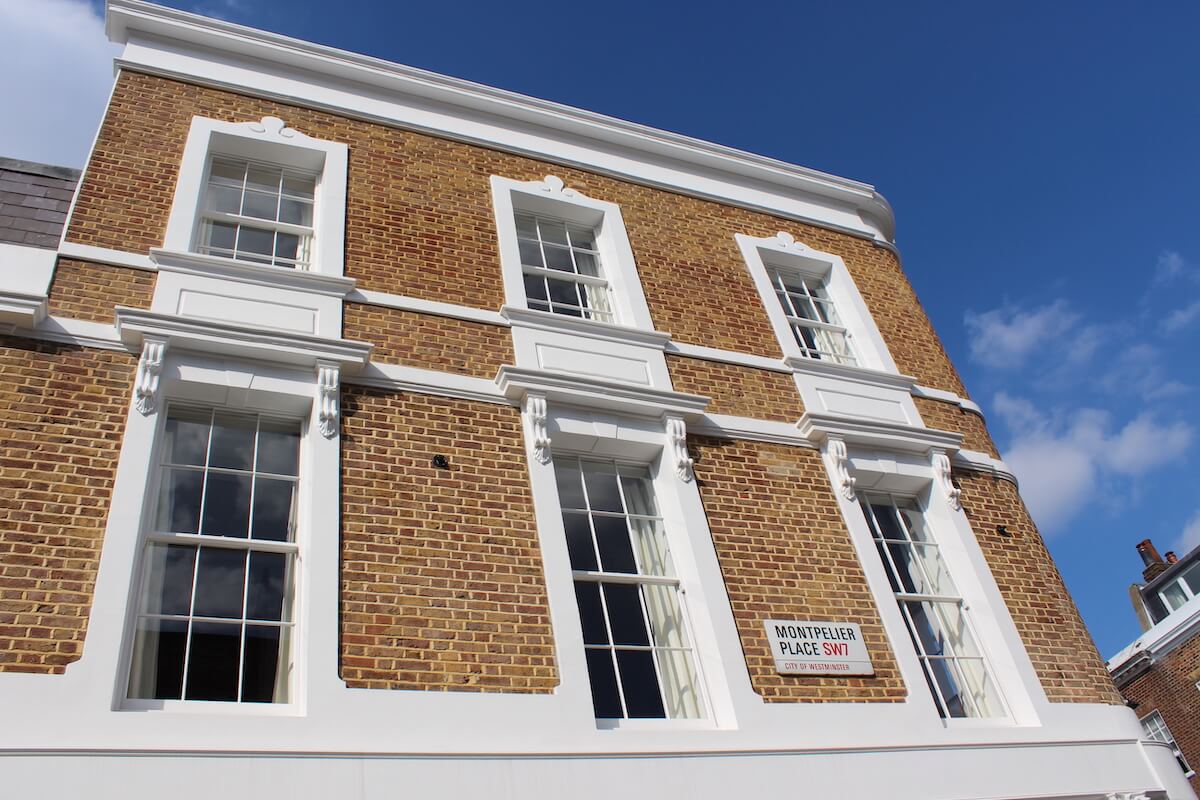
uPVC vs timber windows: lifespan
How long will your windows last? This question directly impacts whole-life costs and project value.
Timber windows:
- Last 60+ years with proper maintenance
- Can be repaired and refurbished rather than replaced
- Have proven to stand the test of time across centuries
- Individual components can be replaced without full window replacement
uPVC windows:
- Typical lifespan of 20-35 years
- Cannot be repaired once frames warp, crack, or discolour
- Require complete replacement when they fail
- Prone to degradation from UV exposure over time
For developers and housebuilders focused on long-term value, timber represents better value despite the initial investment. The ability to maintain and repair wooden frames means they deliver superior performance over decades, not just years.
uPVC vs timber windows: durability & weather resistance
Both materials must withstand harsh weather conditions, but they respond very differently to environmental challenges.
Timber windows:
Modern timber windows, particularly those manufactured with Accoya wood or engineered timber, offer:
- Exceptional resistance to rot, decay, and insect damage
- Dimensional stability in all weather conditions
- Ability to be refinished and restored if damage occurs
- Natural flex that accommodates building movement without cracking
- Performance tested to BS6375 standards for air, wind, and water resistance
Proper maintenance (typically repainting every 5-8 years) ensures timber windows continue performing at the highest level. Quality products manufactured from sustainable sources deliver excellent durability.
uPVC windows:
Modern uPVC windows provide low maintenance requirements (needing only occasional cleaning) and resistance to moisture and rot.
However, uPVC has notable limitations. The material cannot withstand high temperatures; and frames can warp in direct sunlight while becoming brittle over time in cold conditions.
Discolouration is common after 15-20 years, and welded joints can fail, compromising weatherproofing. For projects in exposed locations or coastal environments, timber frames treated with appropriate finishes outperform uPVC in the long term.
The clear winner: timber
When comparing all factors—aesthetics, thermal performance, lifespan, durability, and environmental impact—timber windows are the right choice for architects, developers, and housebuilders who prioritise quality, longevity, and sustainability.
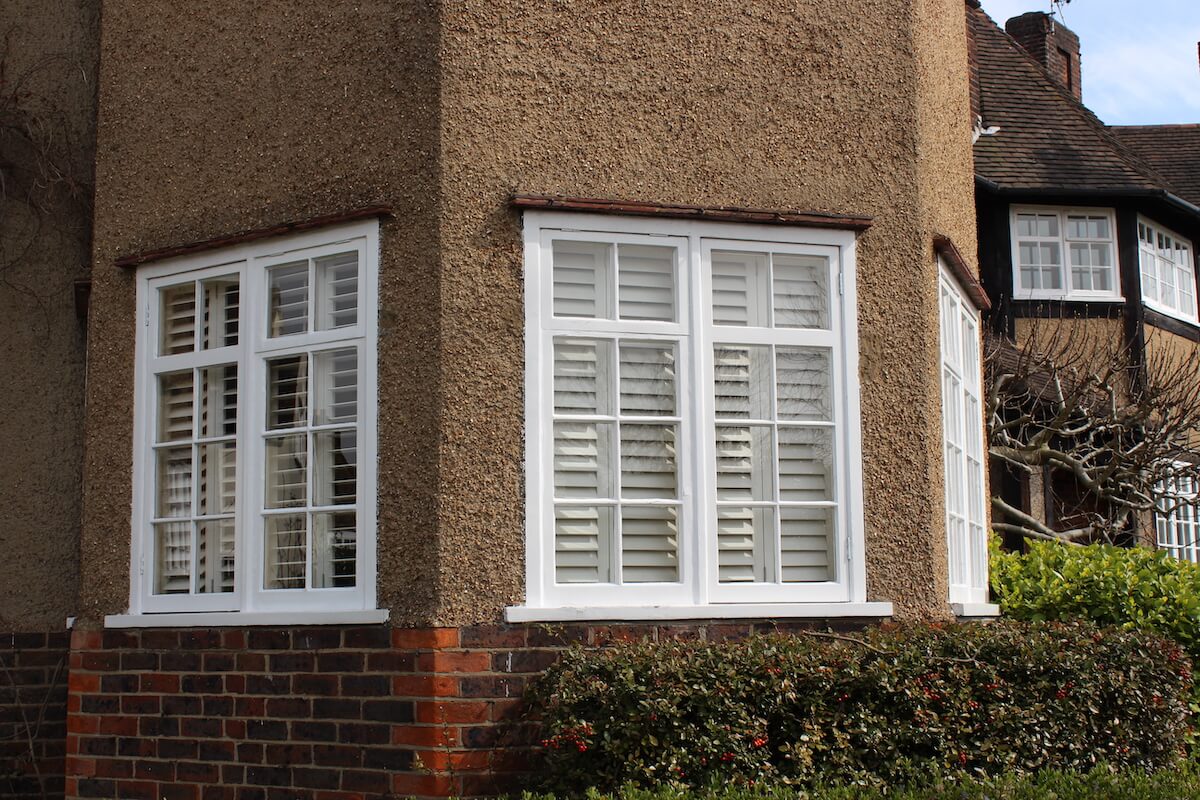
Why timber wins:
- Authentic appearance that suits any architectural style
- 60+ years lifespan vs 20-35 years for uPVC
- Individual components can be repaired or replaced, not entire windows
- Renewable and biodegradable material
- Accepted in conservation areas and listed buildings
- Lower whole-life costs despite higher initial cost
- Unlimited customisation options for colour, size, and style
While the price of uPVC windows may appear attractive initially, timber represents best value when considering performance, durability, and environmental credentials over a building’s lifetime.
Are timber windows more expensive than uPVC?
Yes, timber windows typically have a higher initial cost than uPVC. However, when you consider the lifespan—60+ years for timber compared to 20-35 years for uPVC—timber represents better value over the building’s lifetime. Timber can also be repaired and refurbished rather than completely replaced, reducing whole-life costs significantly.
Lomax + Wood’s range of timber windows
At Lomax + Wood, we manufacture a wide range of high-performance timber windows designed to meet the exacting standards of architects, developers, and heritage specialists.
Our product range includes:
Wooden casement windows:
- U-values from 1.0 W/m²K
- PAS 24 (2016) security tested
- Weather tested to BS6375 Part 1
- Noise reduction up to 42dB
Timber box sash windows:
- Traditional aesthetics with modern performance
- U-values as low as 1.1 W/m²K
- Ideal for heritage projects and new builds
- Lead time: 6-8 weeks
Spring balance sash windows:
- Cost-effective solution for new builds
- Factory double glazed as standard
- 1 W/m²K whole window U-value
- Part Q compliant
Traditional single glazed sash windows:
- Designed for conservation areas and listed buildings
- Putty glazed with authentic detailing
- Can be upgraded with vacuum sealed units for improved thermal performance
Whether working with Redwood, Oak, or Accoya, all of our timbers are sustainably sourced.
We are proud of the fact that every piece of timber used in our made-to-order timber windows is FSC® or PEFC certified. Unlike other sustainability credentials, our full Chain of Custody certification guarantees complete traceability throughout the supply chain, ensuring that our timber comes from forests that are sustainably managed.
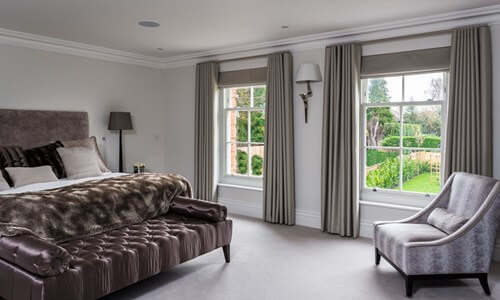
Applications for our timber windows: from heritage to newbuild
Our timber windows are specified across a diverse range of projects:
Heritage & conservation:
- Listed buildings requiring planning approval
- Properties in conservation areas
- Period property restoration projects
- Projects requiring adherence to English Heritage guidelines
New build developments:
- Contemporary homes where natural materials are preferred
- Eco-builds targeting sustainability certifications
- High-end residential developments
- Architectural projects where aesthetic appeal is critical
Commercial projects:
- Hotels and hospitality venues
- Educational buildings
- Office developments
With years of experience supporting architects and developers, our team understands the technical requirements, planning constraints, and performance standards your projects demand.
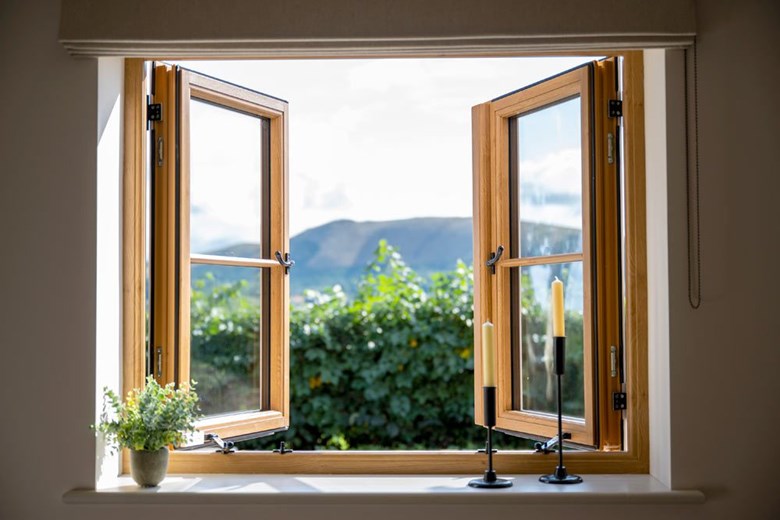
Make the right choice for your project
When weighing timber vs uPVC windows, the evidence is clear: timber offers superior aesthetics, longer lifespan, better environmental credentials, and long-term value. For architects, developers, and housebuilders who refuse to compromise on quality, timber is the ideal choice.
At Lomax + Wood, we combine traditional craftsmanship with modern manufacturing techniques to deliver quality products that meet the demands of contemporary building standards while respecting architectural heritage.
Discuss your next project with experts: contact Lomax + Wood
A member of our team is ready to provide expert advice, technical specifications, and a free quote tailored to your requirements. Whether you’re working on a listed building, a new housing development, or a contemporary residential project, we have the expertise and product range to meet your needs.
Get in touch today: complete our online contact form, or call us on 01277 353857.

